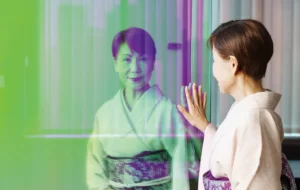The Mori Effect – From High School Trends to Business Success
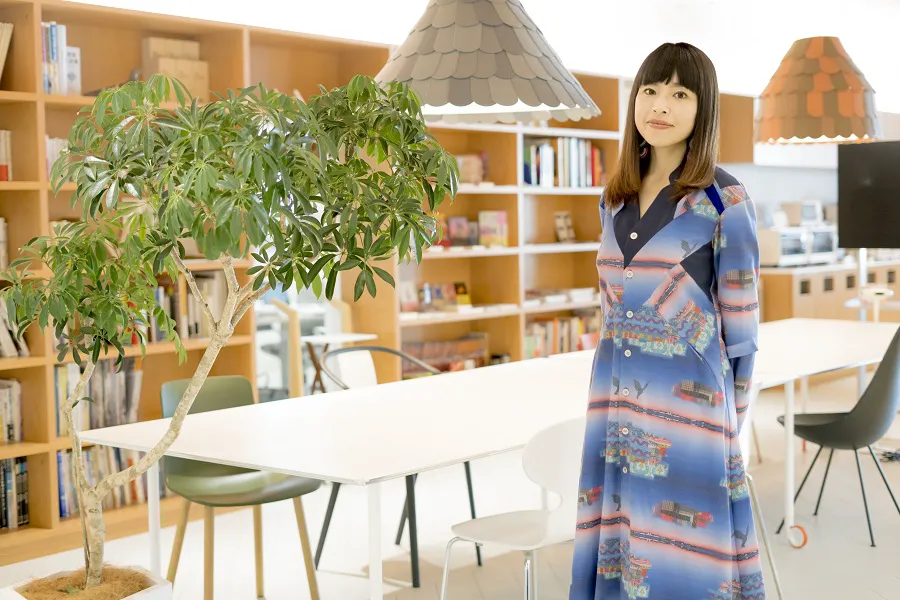
In the world of business, companies around the globe constantly face an ever-evolving challenge to connect with their consumers and stay relevant. Even businesses operating in Japan, a country that is known for its artisan craftsmanship and high-quality products, have been struggling with ‘stagnation’ or a period of slow growth in various industries.
According to experts, it is because these companies are too focused on the quality of their products and not enough on their presentation, which can be a disconnect with modern customer preferences. Surprisingly, the solution to this issue might be found in the unexpected world of “Mori” techniques, a cultural trend among Japanese high school girls.
What is Mori?
The word “Mori” initially emerged as a slang term, referring to someone who employs various techniques to appear “prettier than they actually are.” High school girls embraced Mori to enhance their appearances, using fake eyelashes, colored contacts, and photobooth image processing. What started as a trend among the youth has transcended personal aesthetics, captivating high-class fashion brands worldwide, and sparking discussions about transforming corporate branding strategies.
A media environment scholar Kubo Yuka has spent years studying this Mori culture among high school girls, and is the author of ‘The Birth of Mori: The Japanese Aesthetics Created by Girls and Technology (Ohta Publishing).’
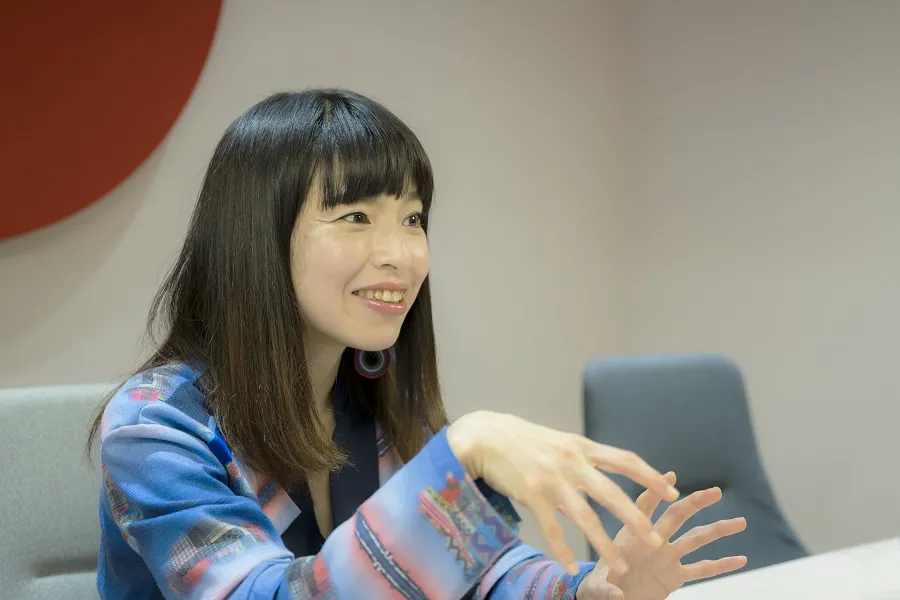
In this article, we delve into the insights of Kubo Yuka and explore how Mori techniques can revolutionize corporate branding.
Mori Techniques: From High School Girls to High-Class Brands
As mentioned above, the traditional approach of Japanese companies, emphasizing product quality but neglecting presentation and visual appeal, has led to a gap between corporate attitudes and consumer preferences. And as consumer preferences shift, these companies face the challenge of aligning their branding strategies with contemporary demands.
On the other hand, while Japanese companies struggle to maintain their influence, South Korean brands are thriving, largely due to their effective use of Mori techniques and realizing that they are much more than just superficial enhancements. In Korea, apparel manufacturers have been using these techniques to differentiate their products, making them unique and appealing to consumers.
Korean apparel manufacturers buy their products wholesale, which at the time of their purchase, all look the same. These manufacturers then process the procured products to make them unique to their brand, thereby increasing competitiveness in the aspect of presentation.
Kubo emphasizes that Japanese companies need to learn from Japanese high school girls, not Korean brands as their situations are essentially different. She continues, “What can be used as a reference here is the application of Mori among high school girls, who are not actually using it to differentiate themselves from the other girls, but are using it to ‘blend in’.”

Adopting the Three Japanese High School Girl Perspectives in Corporate Branding
To fully grasp the potential of Mori techniques in corporate branding, we need to understand the unique perspective of Japanese high school girls. Kubo identifies three fundamental elements of Mori techniques among these girls: Blending in, Rebellion, and Curiosity.
Blending in refers to the girls’ desire to become part of a cool and trendy community. They adopt specific fashion styles and accessories to fit into their desired social groups, using Mori techniques to express their identity within these communities. In terms of corporate branding, it’s important for the company to build a community where its way of thinking can be shared. In the past, during the era of mass production and mass consumption, businesses targeted “everybody at once.” However, today, brands must target a specific niche of customers who actually want to engage with their brand.
Rebellion plays a dual role for high school girls. While they seek acceptance within their chosen communities, they also challenge conventional norms and rebel against adult expectations. This rebellion is evident in their fashion choices and non-conformist attitudes. Similarly, brands that position themselves as “antitheses” to existing brands are the ones who get the attention of customers. For example, companies that provide a glimpse of rebellion against conventional business practices, suggesting “We’re not just a company that sells luxury products,” are the ones that earn empathy from consumers.
Curiosity defines the ever-changing nature of Mori techniques. The girls continuously experiment with different trends and standards, ensuring their communities remain exclusive and appealing. These constantly evolving standards create a sense of intrigue and exclusivity. Considering the same approach, companies must try to keep on giving new challenges and changes to their customers. These days, it’s easy to imitate competitors. That’s why companies must constantly reform their own standards of quality, start their own movements, and keep their competitors out of their inner circles.
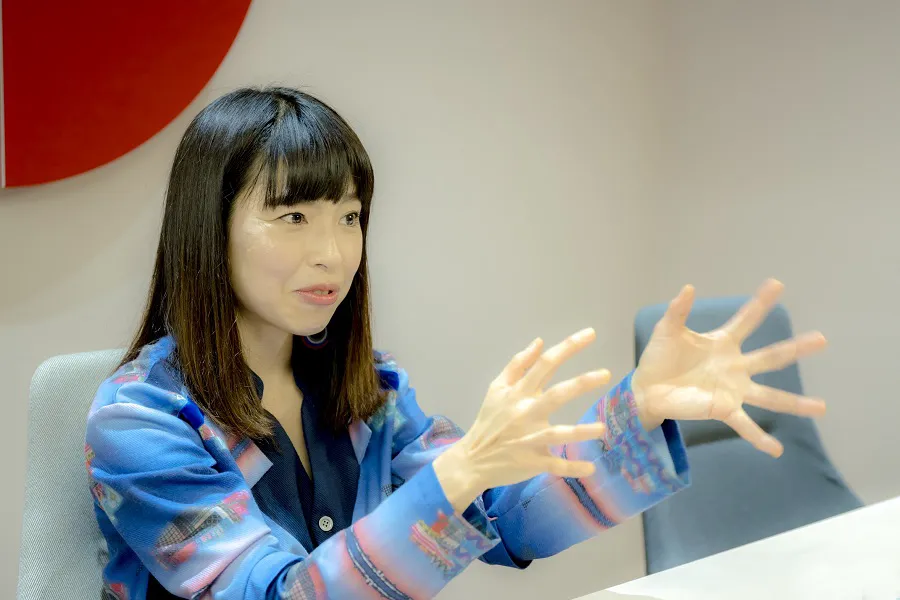
According to Kubo, the critical point for maximizing the three elements of Mori is the creation of that “if you know, you know” perspective.
In Korea, because companies can’t make a living from domestic markets alone, they tend to aim for global acceptance. Korean idols, for example, are quick to pick up clothes from the Paris Collection as part of their fashion styles. But Kubo says that this “if you know, you know.” approach is better suited to Japan, where the fashion styles adopted by Japanese boy bands and other male idols aren’t at the global standard, but their good points speak to the Japanese people.
However, this does not necessarily mean that Japanese companies will be stuck in the domestic market forever.
Visual Communication: Maximizing the Power of Mori Elements
Visual communication emerges as a pivotal aspect of leveraging Mori techniques in corporate branding. Kubo emphasizes the importance of creating a “when you know, you know” perspective, a concept that works well in Japan’s cultural context. She explains that Japanese manga and anime originally started out as a Japanese subculture that was limited to people in the know. Yet, as the era of digital communication came about, they successfully transcended language barriers and gained global popularity, ultimately showcasing the immense power of visual storytelling.
Japan boasts a rich source of visual resources, from traditional arts and craftsmanship to modern technological innovations. So, by embracing visual communication, especially in the age of social media, companies can effectively convey their brand stories, connect with consumers, and transcend language barriers. Also, in Japan, since the product quality is exceptionally high, showing off the “manufacturing process” will also draw attention to the products and that’s why showing off the Japanese dedication to their products will involve all three of the elements of Mori that we discussed earlier: blending in, rebellion, and curiosity.

However, this is not easily accepted by the Japanese people as older generations are especially reluctant to engage in any visual communication. That’s because they are so focused on the process and craftsmanship that they find it embarrassing to show off the results via presentation.
Kubo stresses that for all its rich vein of visual resources, Japan isn’t making effective use of its assets. She explains, “Once upon a time, it was the physically strong who were most highly praised, but as time passed, the most valued people became those who could use tools to gain leverage. In the same way, praising the looks you were born with strikes me as an old-fashioned standard. It’s more civilized to appreciate people who can use tools for Mori.”
In today’s corporate landscape, the mere creation of products isn’t sufficient to captivate consumers. The power of presentation has become paramount. While honesty remains crucial, companies must embrace storytelling to effectively showcase their brand and products. Neglecting this aspect can prove harmful in a world where storytelling has become the norm for successful businesses.
Embracing Change: Young Collaborators and Experienced Employees
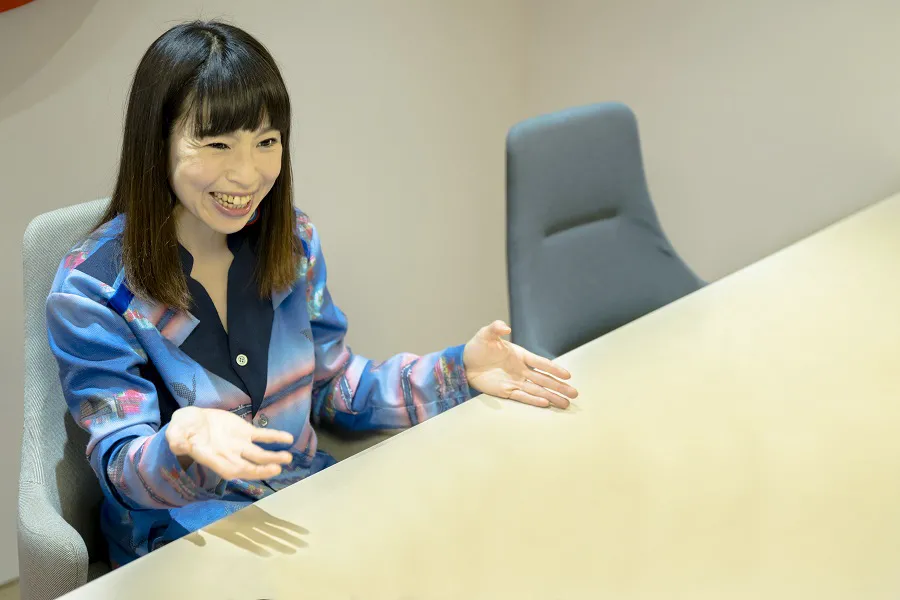
For companies to effectively implement Mori techniques in corporate branding, they must bridge the gap between experienced employees and young people who are familiar with online visual communication. Young people, especially girls, find detailed explanations tiresome; however, they have excellent visual communication skills because they want to stay connected with others. Companies can learn from that.
Corporate institutions, including the government, are usually very poor at visual communication, with some adults even considering it beneath them. Kudo recalls that initially, people used to look down on emojis and selfies too, but now that they’ve been accepted worldwide, they have gained their own status.
Kudo advocates that seasoned employees possess in-depth knowledge of the company’s values, culture, and products, while the young talents bring fresh perspectives and skills in online visual communication. That’s why companies should create spaces where experienced employees can collaborate with young talents to craft compelling brand narratives.
Embracing blending in, rebellion, and curiosity, Japanese companies can build communities, challenge conventions, and maintain relevance in a rapidly changing market. Moreover, harnessing visual communication and embracing collaboration between young talents and experienced employees can unlock Japan’s rich visual assets, captivating global audiences with compelling brand narratives.
Companies that encourage cross-generational collaboration and leverage the unique Mori skills of young people can stay ahead of ever-changing market trends. This collaborative approach enables businesses to create branding strategies that resonate with their target audience and foster a sense of community.
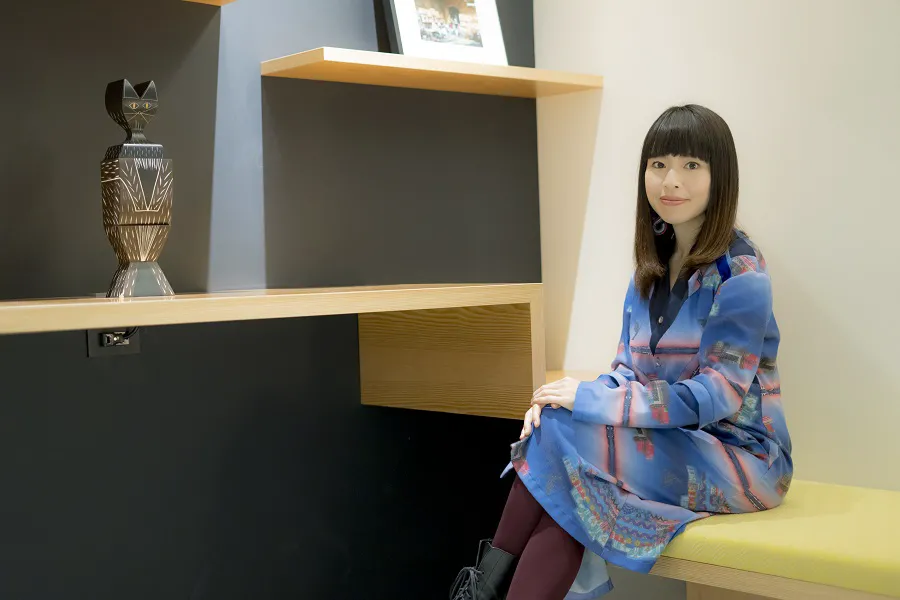
Conclusion
As Japanese companies face the seesaw of business stagnation, the once-unconventional world of Mori techniques emerges as a potential solution. Rooted in high school girls’ creativity and expression, Mori techniques offer valuable insights into corporate branding.
The modern world marks a new era of corporate branding, where stories are told, and visual allure reigns supreme.
And in such a world, the transformative power of Mori techniques presents a fresh perspective, positioning Japanese companies to thrive in the dynamic landscape of the global business world!:
Interviewed: December 2019
Production Cooperation: Masato Takahashi
Photo: Kohei Kubo







